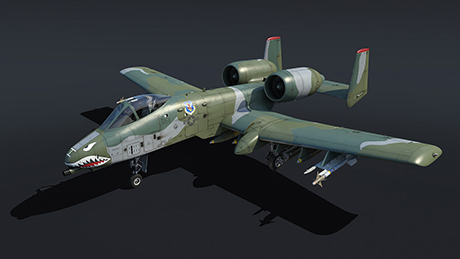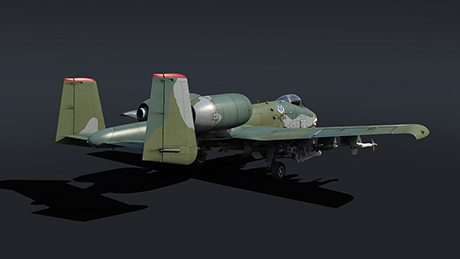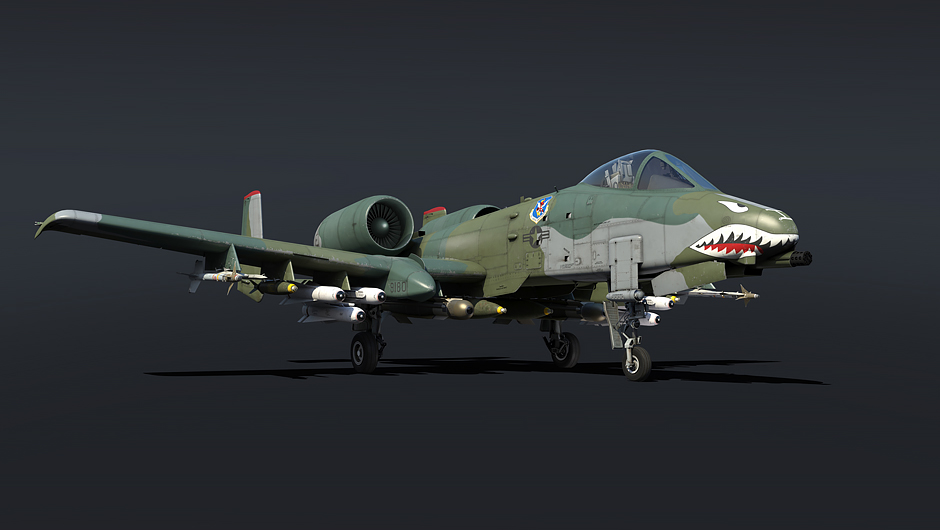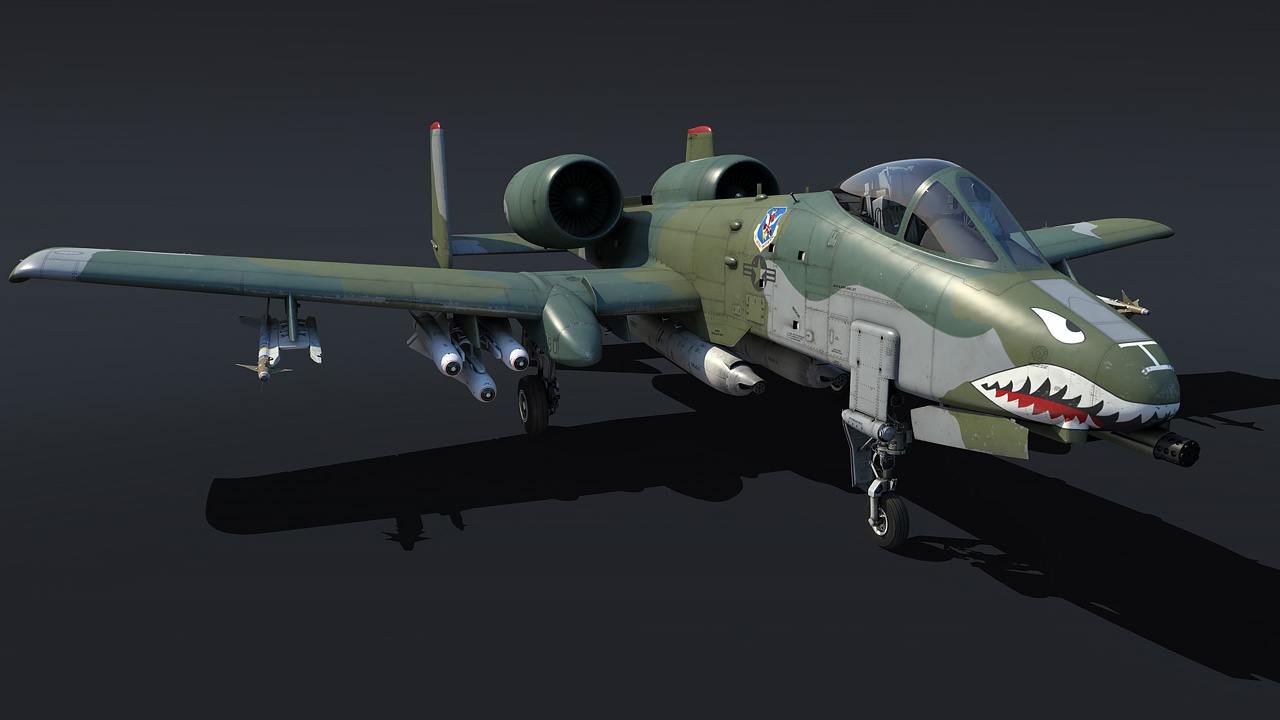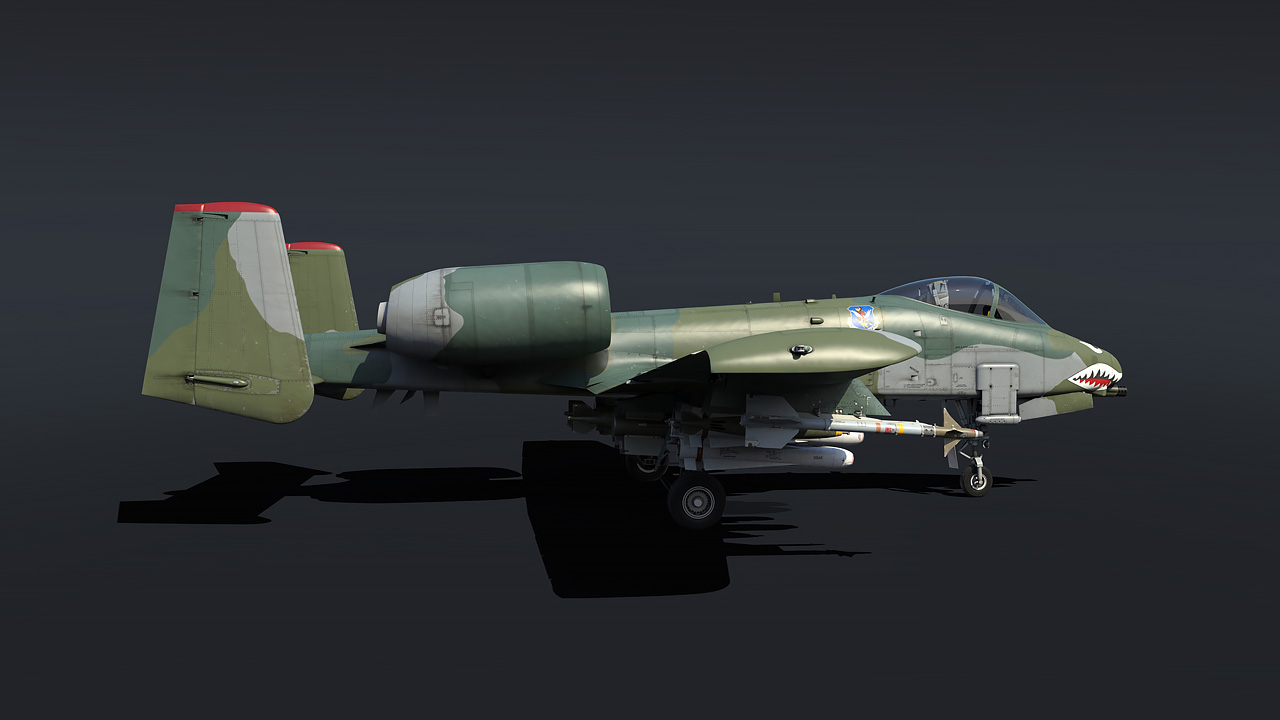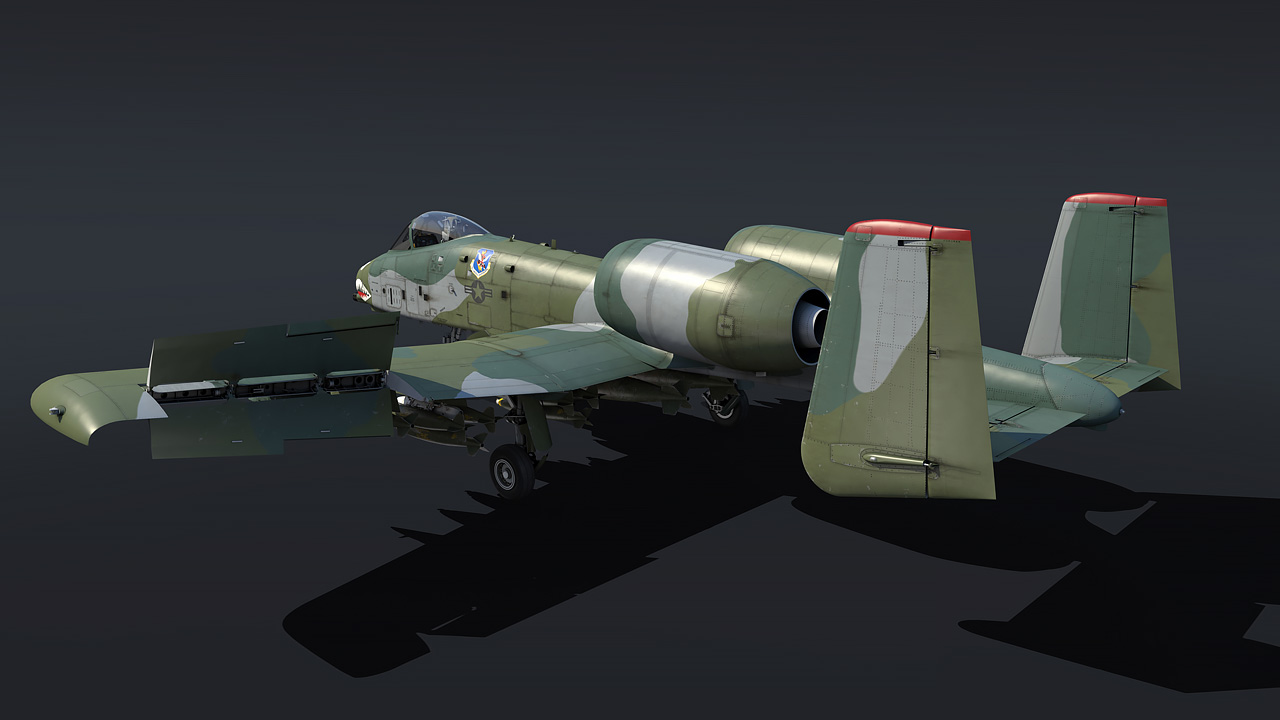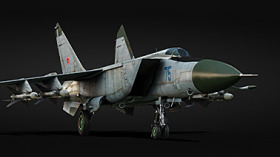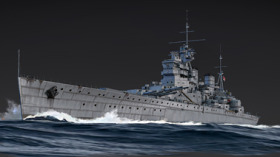
- For PC
- For MAC
- For Linux
- OS: Windows 10 (64 bit)
- Processor: Dual-Core 2.2 GHz
- Memory: 4GB
- Video Card: DirectX 11 level video card: AMD Radeon 77XX / NVIDIA GeForce GTX 660. The minimum supported resolution for the game is 720p.
- Network: Broadband Internet connection
- Hard Drive: 23.1 GB (Minimal client)
- OS: Windows 10/11 (64 bit)
- Processor: Intel Core i5 or Ryzen 5 3600 and better
- Memory: 16 GB and more
- Video Card: DirectX 11 level video card or higher and drivers: Nvidia GeForce 1060 and higher, Radeon RX 570 and higher
- Network: Broadband Internet connection
- Hard Drive: 75.9 GB (Full client)
- OS: Mac OS Big Sur 11.0 or newer
- Processor: Core i5, minimum 2.2GHz (Intel Xeon is not supported)
- Memory: 6 GB
- Video Card: Intel Iris Pro 5200 (Mac), or analog from AMD/Nvidia for Mac. Minimum supported resolution for the game is 720p with Metal support.
- Network: Broadband Internet connection
- Hard Drive: 22.1 GB (Minimal client)
- OS: Mac OS Big Sur 11.0 or newer
- Processor: Core i7 (Intel Xeon is not supported)
- Memory: 8 GB
- Video Card: Radeon Vega II or higher with Metal support.
- Network: Broadband Internet connection
- Hard Drive: 62.2 GB (Full client)
- OS: Most modern 64bit Linux distributions
- Processor: Dual-Core 2.4 GHz
- Memory: 4 GB
- Video Card: NVIDIA 660 with latest proprietary drivers (not older than 6 months) / similar AMD with latest proprietary drivers (not older than 6 months; the minimum supported resolution for the game is 720p) with Vulkan support.
- Network: Broadband Internet connection
- Hard Drive: 22.1 GB (Minimal client)
- OS: Ubuntu 20.04 64bit
- Processor: Intel Core i7
- Memory: 16 GB
- Video Card: NVIDIA 1060 with latest proprietary drivers (not older than 6 months) / similar AMD (Radeon RX 570) with latest proprietary drivers (not older than 6 months) with Vulkan support.
- Network: Broadband Internet connection
- Hard Drive: 62.2 GB (Full client)
The A-10 Thunderbolt II is an American ground attack aircraft developed in the early 1970s by Fairchild Republic and is one of the most recognizable aircraft still in service with the USAF today. Two versions of the iconic ‘Warthog’ will also soon make an appearance in War Thunder, arriving at the top rank of the American aviation tree as part of the next major update “Wind of Change”!
Briefly: A legendary American close air support aircraft, well-known for its simplistic design and deadly effectiveness thanks to its powerful weapons!
A-10A Thunderbolt II, strike aircraft, USA, rank VII
Features:
- Deadly GAU-8 ‘Avenger’ cannon
- High number and variety of suspended weapons
- Good vitality
- Subsonic
After WWII, American aircraft designers shifted focus toward developing tactical aircraft capable of delivering nuclear weapons while conventional strike aircraft fell out of favor with the new American military doctrine. By the start of the Vietnam War however, the A-1 Skyraider, being the most widely used strike aircraft in U.S. service at the time, was considered vastly outdated. Furthermore, new aircraft such as the very successful F-4 Phantom II proved to be too expensive for strike mission operations.
As a result, in September 1966 the USAF ordered the development and procurement of a dedicated new close air support aircraft, resulting in the A-X program being launched shortly afterwards. In May 1970, the first requirements were issued, including the need to design the aircraft around a new 30mm rotary cannon. Of six aircraft manufacturers who submitted design proposals, the two from Northrop and Fairchild Republic were chosen for further development, resulting in two prototypes: the YA-9A and YA-10A, respectively. After intensive testing of both prototypes, the YA-10A was declared the winning design and was ordered into production in January 1973.
After the USAF received its first production version of the A-10 in November 1975, the aircraft received its official name ‘Thunderbolt II’ in April 1978 in honour of the WWII-era P-47 fighter-bomber also built by Republic. Although the A-10 was first assigned to a military unit in March 1976, its first combat use would be in 1991 as part of the Gulf War. During this conflict, the A-10 underwent its baptism by fire and successfully proved its design, racking up an impressive number of enemy targets destroyed. A-10s were also employed during the Balkan conflicts of the mid and late 1990s as well as during the Invasion of Afghanistan and Iraq in the early 2000s. The A-10 Thunderbolt II, despite its age, still forms the backbone of the USAF’s close air support force to this date, with over 700 units of the A-10 being produced in total.
In War Thunder, the legendary A-10A Thunderbolt II will be a highly anticipated new strike aircraft arriving at the top rank of the American aviation tree as part of the next major update “Wind of Change”. Armed to the teeth with a combination of a high-caliber, high rate of fire 30 mm cannon as well as a plethora of advanced and conventional suspended weapons, the A-10A Thunderbolt II guarantees one thing: top rank battles are about to get a lot more explosive in the upcoming update!
Before we get into details about the ‘brrrts’ and ‘bangs’ carried by the A-10A, it’s worth taking a closer look at the equally impressive aircraft itself. The Thunderbolt II is fitted with a pair of TF34-GE-100A turbofan jet engines, producing 8,900 lbf (4,037 kgf) of thrust each, thus allowing the aircraft to reach a top speed of around 457 mph (736 km/h). While seeming rather lackluster in comparison to most other aircraft found at its rank, some of which even fly above Mach 2, it’s worth pointing out that the A-10A doesn’t have the need to be that fast. Being conceived as a dedicated close air support aircraft, the A-10A’s low top speed gives pilots more time to focus on a given target and execute a precision strike. At the same time, thanks to its lower speed and general design, the Thunderbolt II boasts extremely good maneuverability even when outfitted with large payloads.
Coming back to the subject of the A-10A’s weapons, upon obtaining the aircraft, pilots will instantly gain access to the single weapon system that makes the Thunderbolt II the iconic aircraft that it is. We’re of course talking about the 30 mm GAU-8/A ‘Avenger’ cannon. Notorious for its extremely high rate of fire, going up to a staggering 4,200 rounds/min, the A-10A is capable of virtually shredding enemy targets into bits. This doesn’t just apply to lightly armored targets however, but also for more heavily armored MBTs thanks to the A-10’s very potent AP rounds. That being said, if the destruction inflicted by an A-10’s strafing run doesn’t send the enemy rushing for cover, the terrifying sound that follows shortly after most certainly will!
Fun Fact: The heavily armored bottom part of the A-10’s cockpit cell is often referred to as ‘The Bathtub’ due to its design.
However, a rapid-firing high caliber gun is by far not the only weapon the A-10 can bear on its enemies. In fact, pilots can equip their Thunderbolt II with a range of ordnance options, ranging from powerful guided munitions such as the AIM-9L Sidewinder, AGM-65 Maverick missiles as well as 2,000 lbs GBU-8 guided bombs to more conventional 500 and 2,000 lbs unguided bombs, 20mm gunpods and Hydra-70 rockets. As a result, A-10A pilots will always have the choice between engaging targets directly with the powerful ‘Avenger’ cannon, delivering precision strikes with advanced weapons or striking lightly protected targets with conventional weapons.
However, since the A-10A can’t rely on its speed to quickly enter and exit a combat zone and thus avoid enemy fire or detection altogether, it has to fall back on other means. Fortunately, the A-10A has several defensive features and countermeasures in place to protect itself from hostile fire. These come most notably in the shape of both flares and chaff as well as a radar warning receiver, notifying the pilot of a potential SPAA threat in the combat zone. Apart from these systems the A-10’s cockpit is also protected by heavy titanium armor plating and bulletproof glass, thus further improving the aircraft’s resistance to ground fire, even from larger calibers. Therefore, pilots stand a good chance of avoiding enemy fire in the first place but even if some rounds inevitably find their mark, the aircraft’s good protection and rigid design will ensure it takes a lot more than a few hits to bring it down.
The late production version of the A-10A Thunderbolt II will be part of the US strike aircraft research line, while the early Premium A-10A is available for pre-order now! The difference between the aircraft is only in the armament - the early A-10A carries a maximum of two AIM-9L missiles, while the later one is capable of carrying four. AGM-65D missiles are also available for the late version of the A-10A only, while the premium version operates with AGM-65BMaverick missiles.
Pre-order - A-10A Thunderbolt (Early) Pack

- A-10A (Rank 6, USA);
- 2000 Golden Eagles;
- Premium account for 15 days;
- Pre-Order Bonus: Experimental four-color camouflage;
- Pre-Order Bonus: Unique Title "Brrrrrrrrrrrrrrrrrrrrrrrt".
